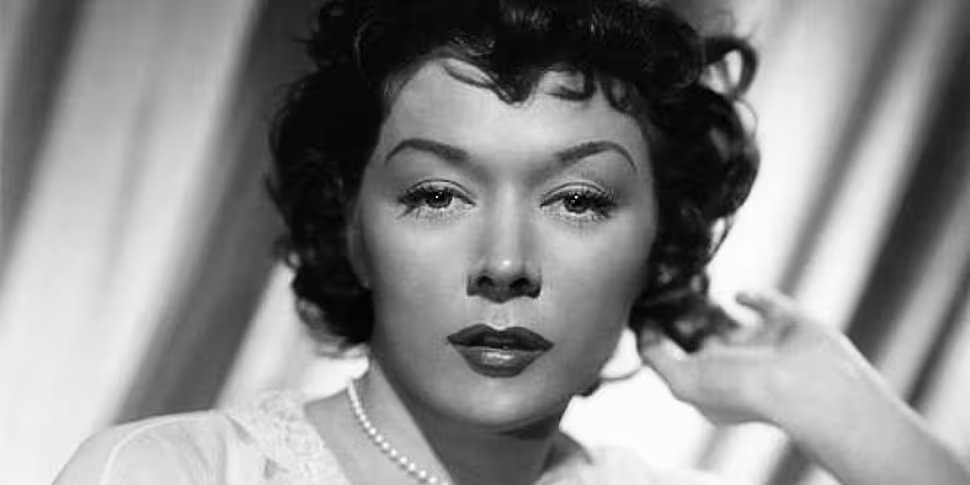She entranced Humphrey Bogart in In a Lonely Place, bewildered Jimmy Stewart in It’s a Wonderful Life and infuriated Lee Marvin in The Big Heat.
But there was more to Grahame than her blonde hair, curled lip and carnal intentions. She was an excellent actress, whose time at the top was curtailed by personal scandal and physical insecurity.
Grahame was born Gloria Hallward on November 28, 1923.
Pasadena, California was her hometown, where she lived with her mother Jeanne and father Reginald.
Jeanne, a Scotswoman, trained as an actress at the Royal Academy of Dramatic Art. Later a drama coach, she was quick to encourage her daughter’s nascent gift.
Gloria first took to the stage in high school. After graduation, she chased her dream to Broadway.
It was there, in the early forties, that she caught the eye of MGM supremo Louis B. Mayer. A natural, with movie star looks, Gloria signed a contract for Mayer under the stage name Grahame.
After a couple of uncredited appearances, Grahame made her full screen debut in 1944, with the comedy Blonde Fever.
This was followed by the Spencer Tracy/Katharine Hepburn vehicle Without Love, before her notable turn as Violet Bick in Frank Capra’s It’s a Wonderful Life.
Her first great role came in 1947, in Edward Dmytryk’s excellent drama Crossfire. Grahame received an Oscar nomination for her portrayal of Ginny, a street-wise bar girl embroiled in an anti-Semitic murder case.
Her career peaked in the fifties. In Nicholas Ray’s searing In a Lonely Place, she was superb as the smouldering, but fragile, Laurel Gray.
The high point came in 1953, when she received the Academy Award for Best Supporting Actress for her work in The Bad and the Beautiful.
Unfortunately, her rather dazed acceptance speech brought negative publicity.
Later that year, Fritz Lang’s The Big Heat featured Grahame’s most notorious scene. The gangster Vince Stone (Lee Marvin) jealously lashes out at his girlfriend Debby (Grahame), by throwing boiling coffee at her face.
Sadly, Grahame’s volatile on-screen relationships were somewhat mirrored off set.
She was married on four occasions. The first was to actor Stanley Clements. After three years, they divorced in 1948.
Grahame immediately married her future In a Lonely Place director Nicholas Ray. During their stormy union, legend says that Ray came home to find Grahame in bed with his 13-year-old son from another marriage, Anthony.
Unsurprisingly, Ray and Grahame divorced in 1952. She went on to marry and divorce the writer Cy Howard (1954-57), and extraordinarily, her former stepson Anthony (1960-76).
All of those ceremonies and court appointments resulted in three kids, bad headlines and a shattered career. A plastic surgery operation on her lips, botched and needless, only added to her demise.
From the sixties until her death in 1981, Grahame primarily made a living on stage, with the odd TV appearance thrown in.
A fine actress in her heyday, Gloria Grahame burned brightly, if all too briefly.









